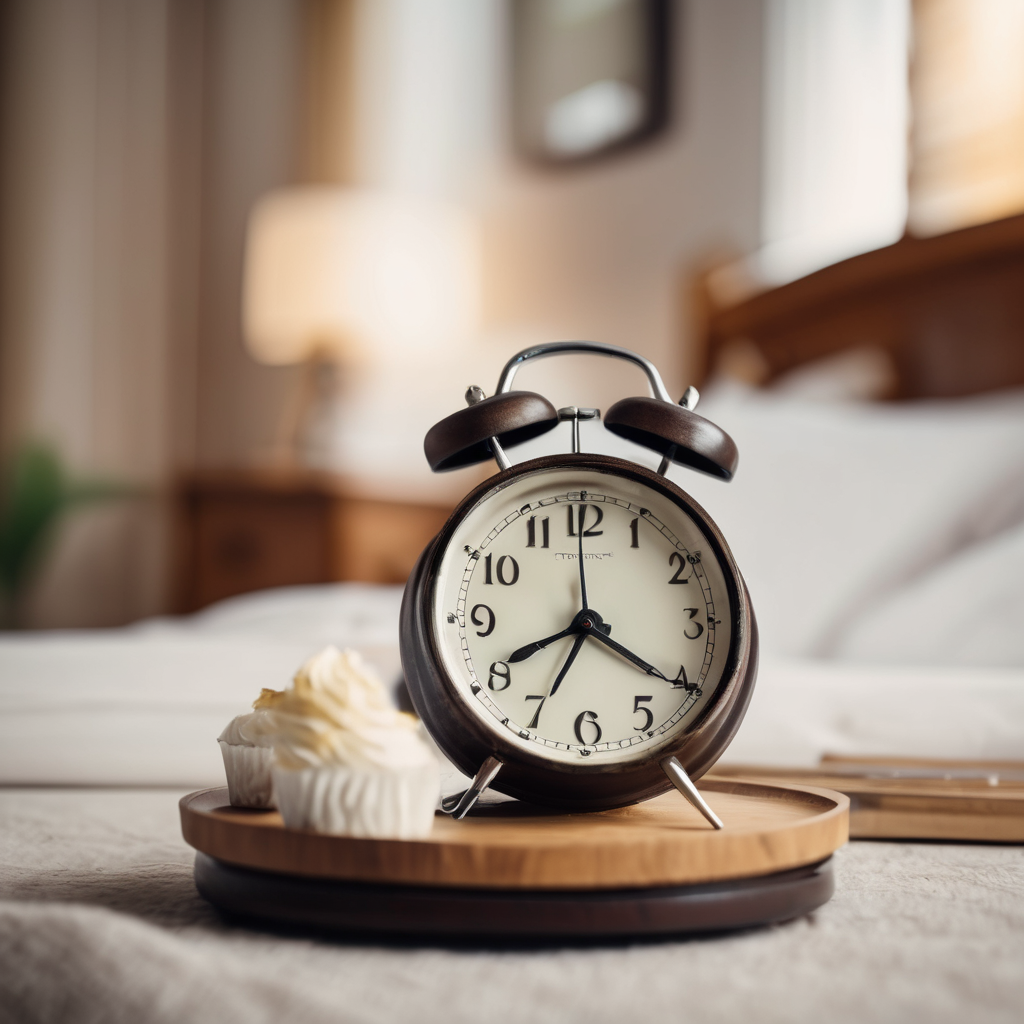As the season of shorter days approaches, residents of Washington state are preparing for the annual transition to standard time. On Sunday, clocks will fall back one hour at 2 a.m., bringing the earliest sunset of the year at 4:49 p.m. and a later sunrise at 6:55 a.m. This change offers many a chance to enjoy an extra hour of sleep, but it also marks the routine disruption of our circadian rhythms.
The origins of Daylight Saving Time (DST) are often mistakenly attributed solely to Benjamin Franklin. While he did propose the idea of adjusting waking hours in a satirical letter way back in 1784, the modern adaptation of DST has different roots. New Zealand scientist George Vernon Hudson presented a more structured proposal in 1895, suggesting a two-hour shift, but it didn’t gain major traction at that time.
William Willett, an English builder, later advocated for a summer shift in the clocks in a bid to maximize daylight in the evenings. Though his proposal caught the attention of lawmakers, it faced considerable opposition and Willett unfortunately passed away in 1915 before it could be actualized.
Notably, not all places follow the DST guidelines. States like Hawaii and most of Arizona, along with several U.S. territories, do not observe the clock change, leading to increasing frustration among many who wish for a more permanent solution. In fact, over the last few years, at least 19 states have explored the possibility of moving to year-round DST. However, such a change would require federal legislation adjustments, as set out in the Uniform Time Act.
Switching the clocks can take a toll on health. According to sleep experts, losing an hour of sleep in March can lead to a variety of issues, with studies showing that even a one-hour shift can produce similar effects to “mini jet lag” in both humans and pets.
To help ease the transition back to standard time, experts recommend gradually adjusting bedtimes and wake-up times by 10-15 minutes in the days leading up to the switch. Additionally, focusing on getting 7-8 hours of quality sleep and getting exposure to natural light can aid in readjusting one’s internal clock.
While many would prefer an end to the twice-a-year switching of clocks, this season’s change can still have benefits if approached with mindfulness and care towards sleep health. Though the debate around the necessity of DST continues, there remains hope that more states will find ways to create a system that works best for modern society.
